
by Elizabeth Andoh | Sep 15, 2020 | Autumn, Kitchen Culture
Tsukimi Udon Moon-Viewing Noodles 月見うどん As summer turns to fall, the moon wanes in a particularly luminous fashion. Indeed, the Harvest moon is celebrated in stories and songs around the world. In Japan, tsukimi, or “moon-viewing” also has a place at table. This...
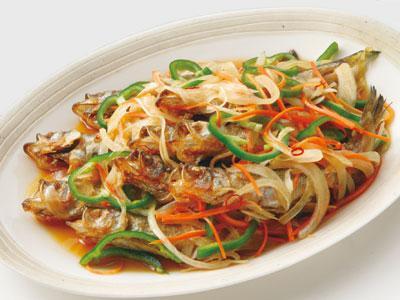
by Elizabeth Andoh | Sep 1, 2020 | Kitchen Culture, Tools & Techniques, Year-Round
NANBAN-ZUKÉ 南蛮漬け (Southern Barbarian Style Fried-and-Pickled Fish) NANBAN refers to the Portuguese, the “southern barbarians” who settled in the port of Nagasaki, Kyushu late in the 16th century. In addition to Christianity and trade, these early Portuguese visitors...
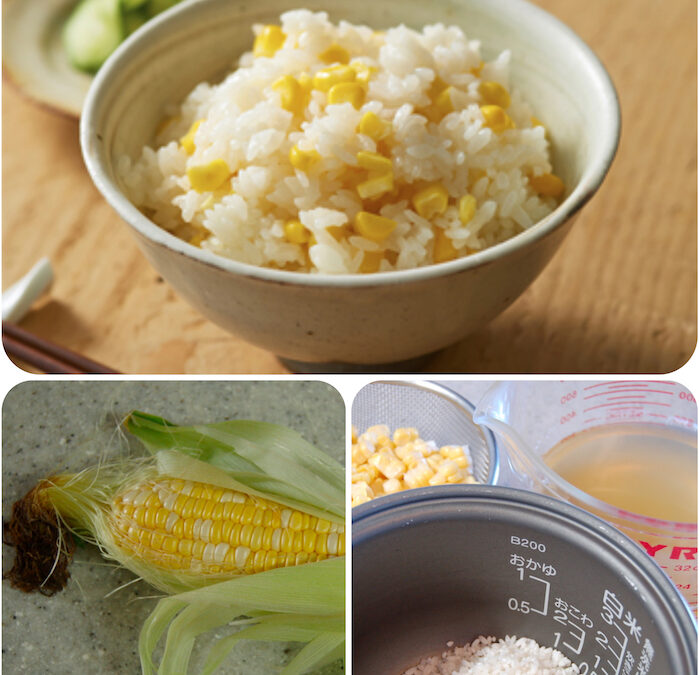
by Elizabeth Andoh | Aug 17, 2020 | Kitchen Culture, Summer, Year-Round
Corn-Studded Rice Tōmorokoshi Gohan 玉蜀黍ご飯 Summertime… bushels of fresh, sweet, corn at every market begging to be taken home and transformed into Tōmorokoshi Gohan: corn-studded rice. Prepared takikomi-style, rice dishes are cooked in a flavorful stock extracted...
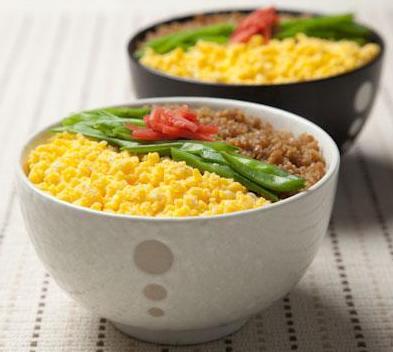
by Elizabeth Andoh | Aug 3, 2020 | Kitchen Culture, Year-Round
Soboro Don そぼろ丼 Colorful Big Bowl When I first wrote about soboro don in 1981 for Food & Wine magazine, these sorts of rice bowls topped with various ingredients were little known outside Japan. Fast-forward forty years and classic domburi dishes such as...
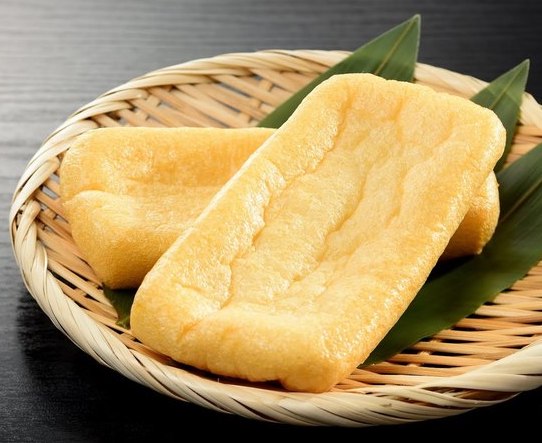
by Elizabeth Andoh | Jul 27, 2020 | Kitchen Culture, Year-Round
Foxy Fried Tōfu Japanese culinary culture is filled with references to foxes and their fondness for abura agé (fried tōfu). Names of dishes made with fried tōfu will often allude to this fox connection. Sometimes you see the word itself, kitsuné (fox) as part of the...
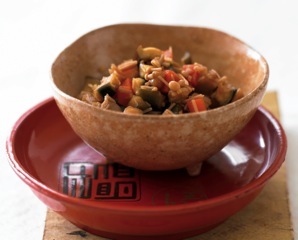
by Elizabeth Andoh | Jul 15, 2020 | Kitchen Culture, Summer
Photo from KANSHA © Copyright Leigh Beisch (Styled by Karen Shinto) 夏の福神漬けNatsu no Fukujin-ZukéSeven Good Fortunes of Summer Named after the Seven Gods of Good Fortune, Shichi Fukujin, this pickle is made from an assortment of chopped vegetables with the addition of...
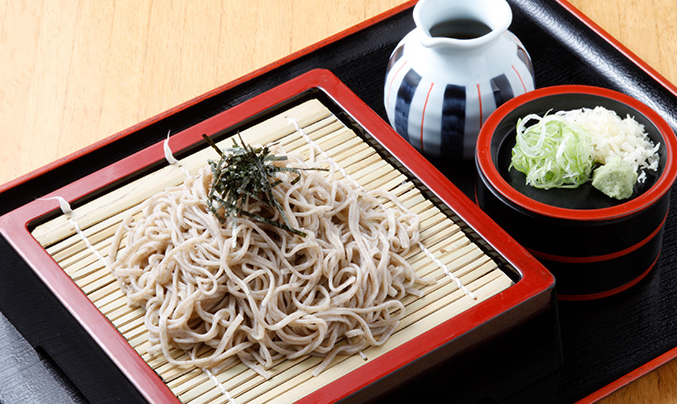
by Elizabeth Andoh | Jul 1, 2020 | Kitchen Culture, Year-Round
COLD NOODLES: Part TWOそば・蕎麦・SOBA Most soba noodles are made from 80% soba (buckwheat) flour and 20% wheat flour; these are known as hachi wari soba (literally 80% soba). If you wish to make your noodle dish gluten-free you will need to buy jū wari soba, noodles made...
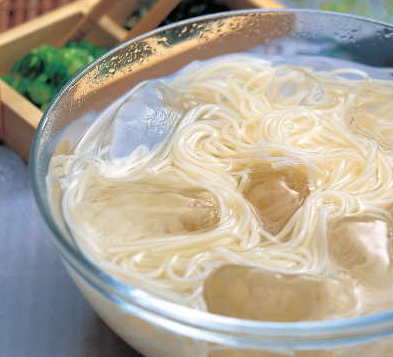
by Elizabeth Andoh | Jun 18, 2020 | Kitchen Culture, Summer, Year-Round
Survival strategy for hot, humid days: Chilled Sōmen Noodles-on-the-rocks! DOWNLOAD information on buying, storing and cooking sōmen and serving the noodles. © Photo by Leigh Beisch Styling by Karen Shinto ネバネバそうめんSlithery Sōmen Noodles Mouth feel (the way a food...
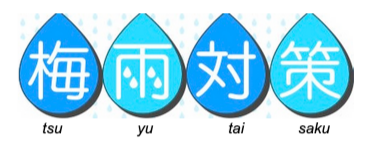
by Elizabeth Andoh | Jun 1, 2020 | Kitchen Culture, Summer
RAINY SEASON KITCHEN TSUYU (梅雨 literally, “plum rain”) comes to the Japanese archipelago every year as spring turns to summer. The constant dampness of tsuyu encourages the growth of kabi (mildew, and molds) requiring a strategy (taisaku 対策) … and...
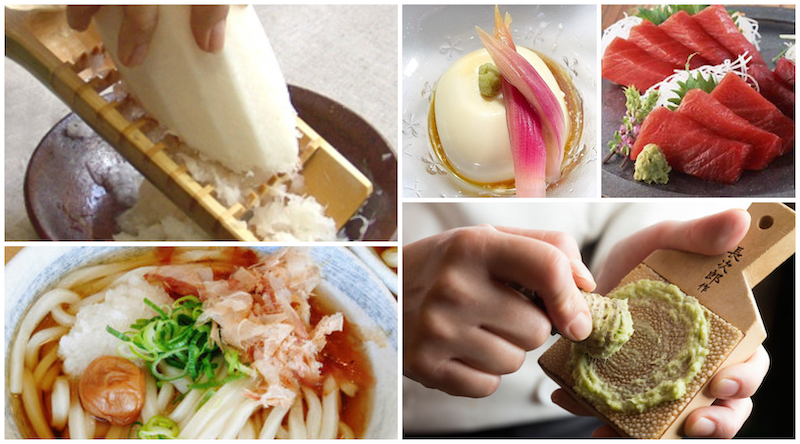
by Elizabeth Andoh | May 22, 2020 | Kitchen Culture, Tools & Techniques, Year-Round
The Japanese developed two very special graters for two specific foods: 鬼おろし機 oni oroshi ki (“monster graters”) made from bamboo used to coarsely grate daikon into shards and鮫の皮 samékawa graters made from nubbly sharkskin that transform tough, fibrous wasabi roots...
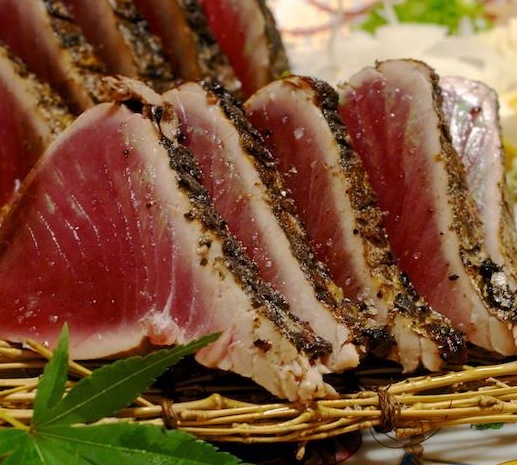
by Elizabeth Andoh | May 12, 2020 | Kitchen Culture, Spring
初鰹 HATSU-GATSUO First Catch of the Season Japan’s seasonal sensibility is always on display at table; here the transition from spring into early summer is celebrated with hatsu-gatsuo (skipjack tuna (Katsuwonus pelamis) prepared tataki-style. Whole loins of katsuo...
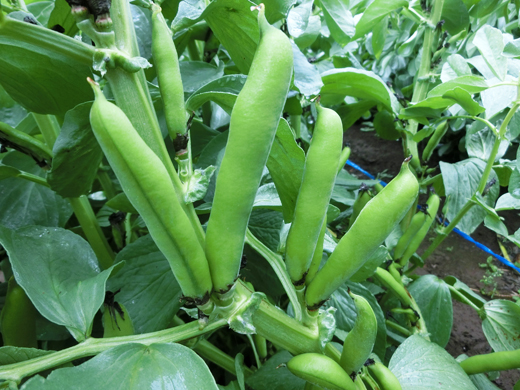
by Elizabeth Andoh | Apr 22, 2020 | Kitchen Culture, Spring
Fava Beans: Sora Mamé そら豆 (Fava beans have been part of the eastern Mediterranean diet (Egypt, Greece, Italy) for at least 4000 years. There are stories of monks from India traveling through China who brought fava beans to Japan in the Nara Period (710-794...
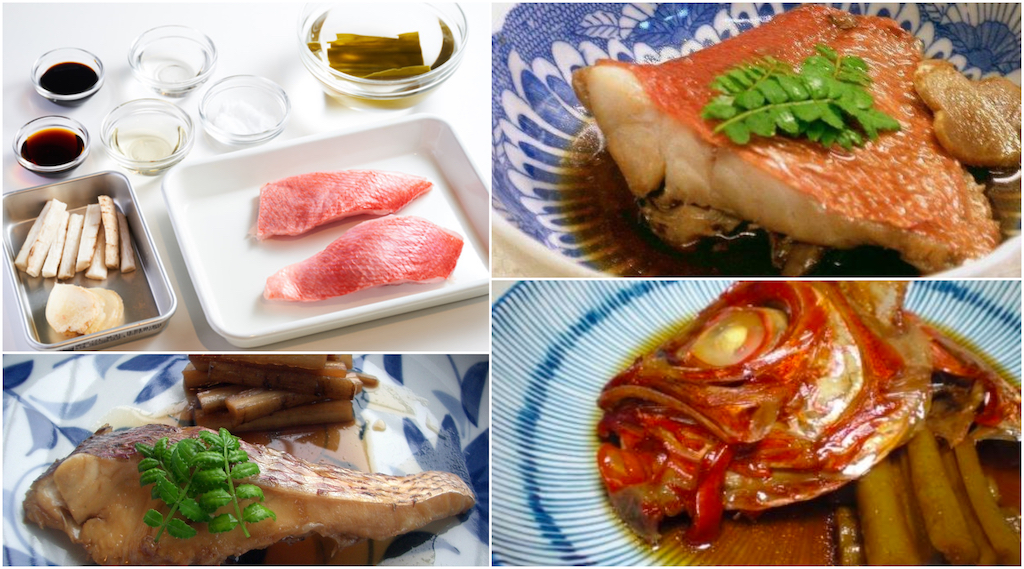
by Elizabeth Andoh | Apr 12, 2020 | Kitchen Culture, Year-Round
Gingery Soy-Stewed Red Snapper, several versions 金目鯛の煮付 KINMEDAI no NITSUKÉ Nitsuké-style stewed fish is especially flavorful when cooked bone-in. In addition to slices with skin and bone intact, various fish parts including heads, and collars are delicious prepared...
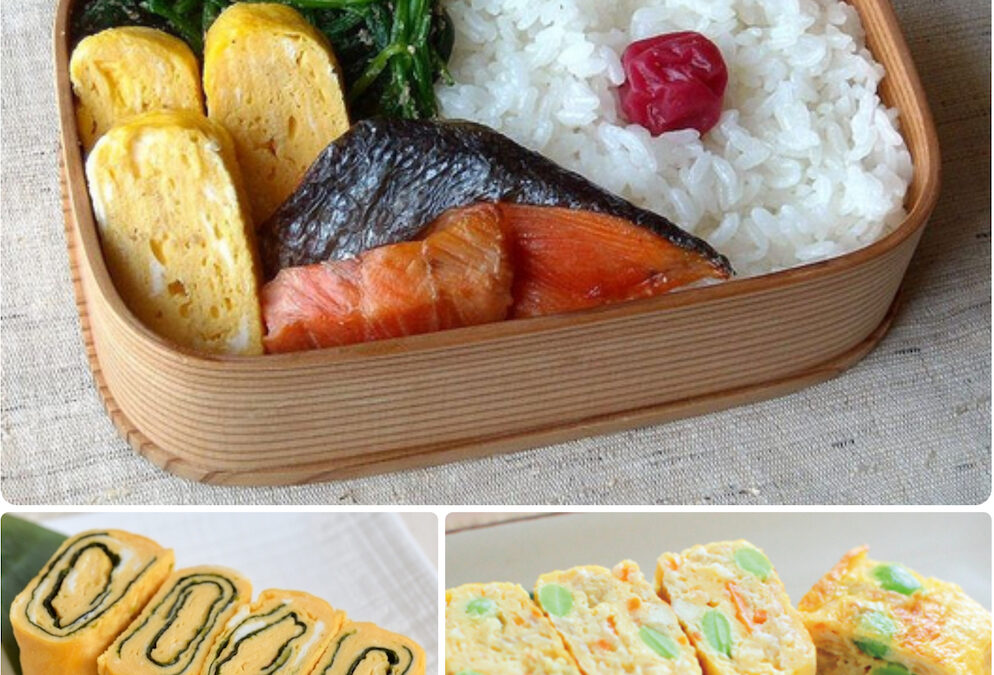
by Elizabeth Andoh | Mar 22, 2020 | Kitchen Culture, Tools & Techniques, Year-Round
Thick Rolled Omelet Atsu Tamago Yaki厚玉子焼き A classic in the washoku kitchen, thick, rolled omelets are made by cooking a seasoned egg mixture, layer by layer, in a pan – preferably a square or rectangular-shaped one. In and around Tokyo, the egg mixture is rather...
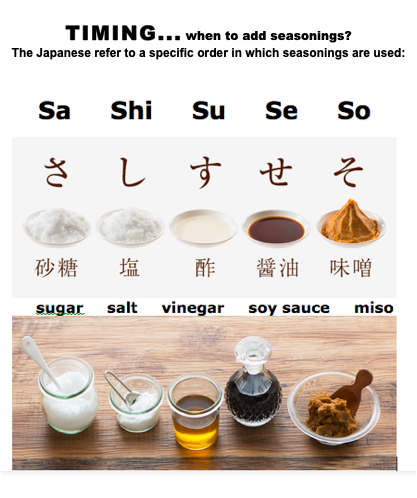
by Elizabeth Andoh | Mar 12, 2020 | Kitchen Culture, Tools & Techniques, Year-Round
Sa = sato (sugar); saké also begins with “sa”; Shi = shio (salt); Su = su (vinegar); Sé = sé is currently pronounced shō and stands for shōyu or soy sauce; So = miso The Japanese Culinary “Alphabet” To maximize flavor and achieve tenderness with minimal...
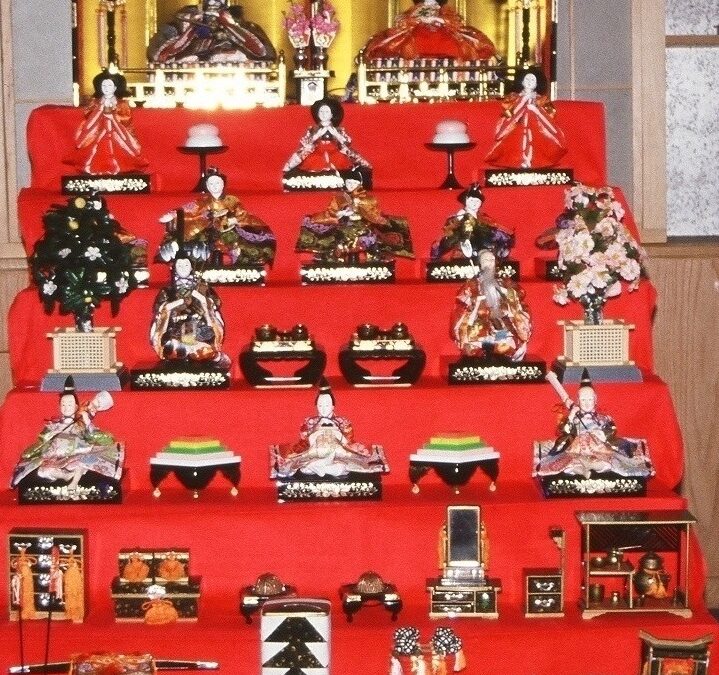
by Elizabeth Andoh | Mar 2, 2020 | Culture, Kitchen Culture, Spring
The Andoh Family’s full set of HINA NINGYŌ Just off camera is a wind-up music box that plays Ureshi Hina Matsuri うれしひな祭り. Download a chart explaining each of the dolls, and words to the song. 雛祭り Hina Matsuri Doll’s Day For ancient agrarian societies,...
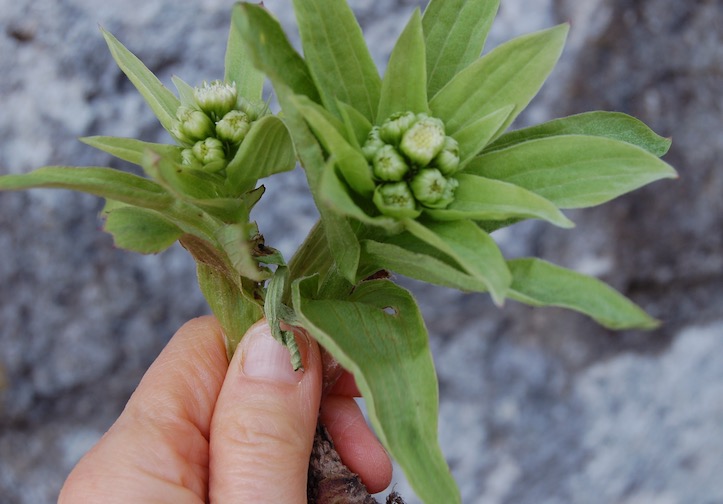
by Elizabeth Andoh | Feb 22, 2020 | Kitchen Culture, Spring
Fuki no Tō 蕗の薹BUTTERBUR (Petasites japonicas) Sansai, literally “mountain vegetables,” are foraged from woodland areas in various parts of Japan as winter thaws into spring. When sansai dishes appear at table, it signals the start of culinary spring fever: an...
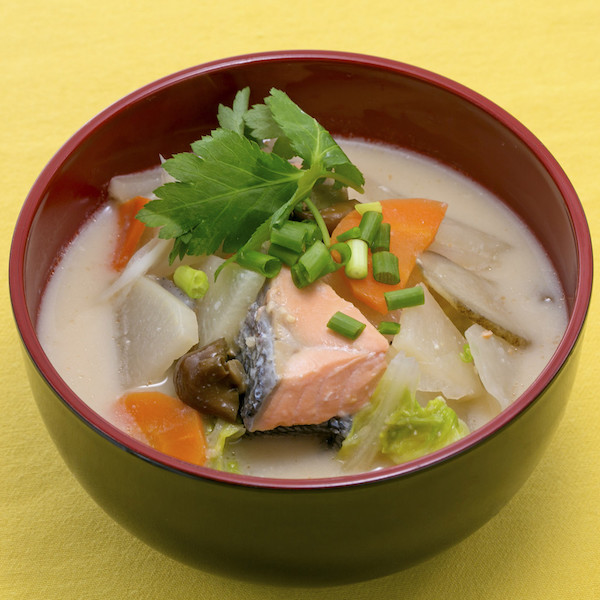
by Elizabeth Andoh | Feb 12, 2020 | Kitchen Culture, Winter
Salmon Saké Kasu Chowder 粕汁SAKÉ KASU-JIRU A belly-warming salmon and root vegetable chowder, shaké no kasu-jiru, is standard wintertime fare throughout Japan’s northeastern region, the Tohoku. Every household seems to have its own rendition, but with this master...
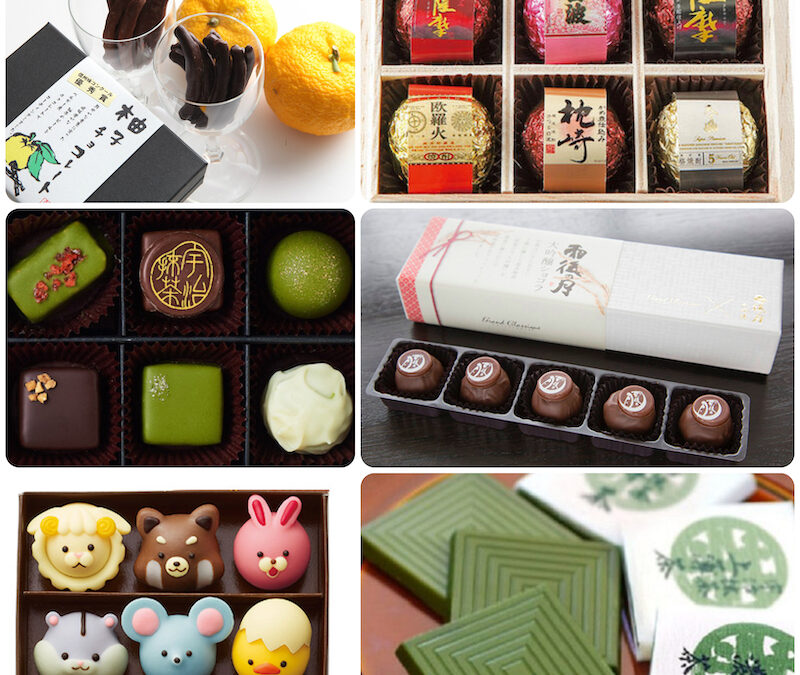
by Elizabeth Andoh | Feb 6, 2020 | Culture, Kitchen Culture, Winter
A sampling of Japan’s chocolates (clockwide from top right) chocolate covered yuzu peel, bonbons filled with various shochū spirits, bonbons filled with saké, matcha infused chocolate planks, white chocolate animal characters, a variety of elegant truffles. The...

by Elizabeth Andoh | Feb 2, 2020 | Culture, Holiday, Kitchen Culture, Spring, Winter
FUKU wa UCHI ONI wa SOTO Bring in Good Fortune! Throw out the ogres! 節分 Setsubun, a marker on the ancient, lunar-based koyomi calendar indicates the start of a new season; setsubun breaks occur many times during the year. Today in Japan the...





















